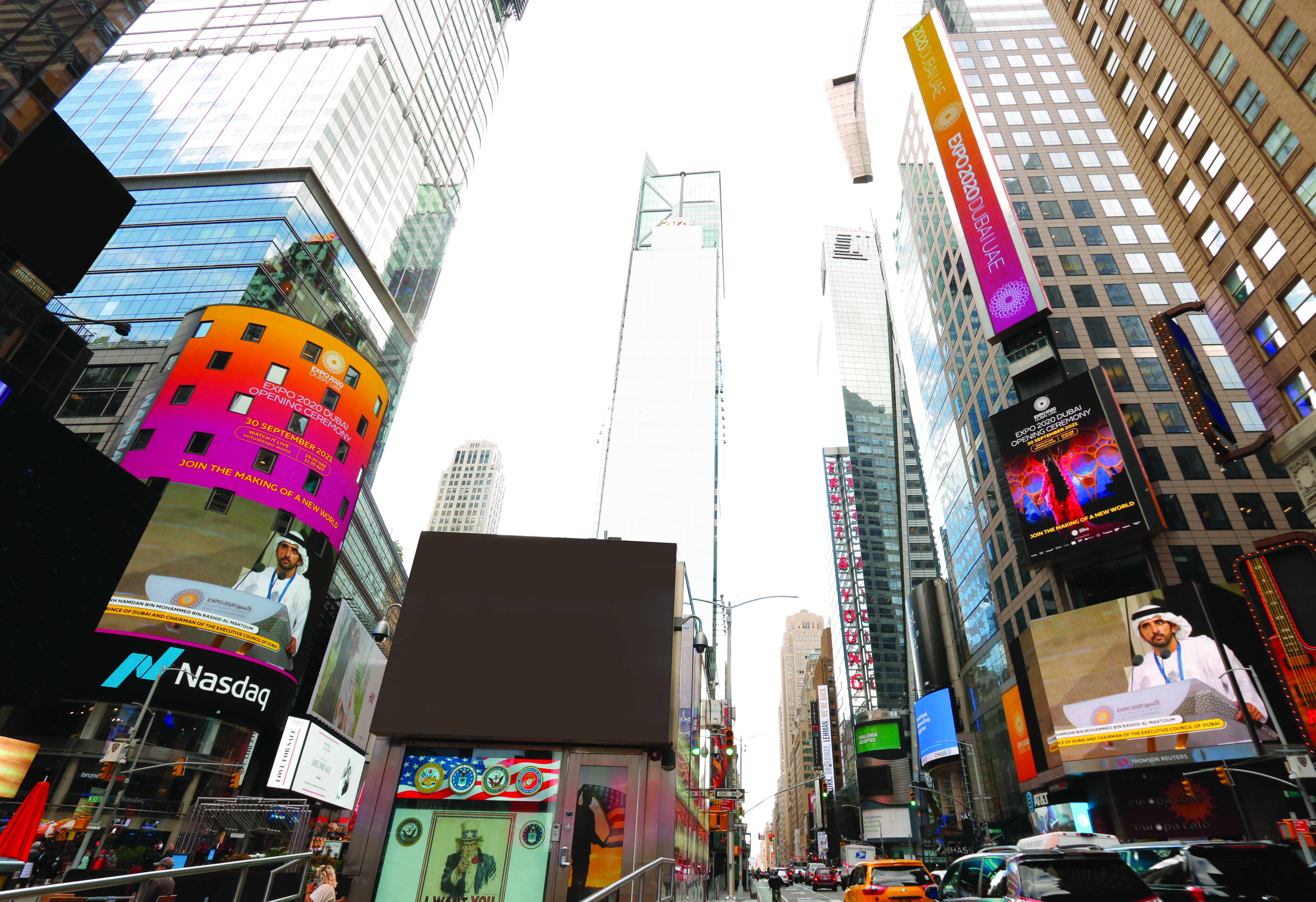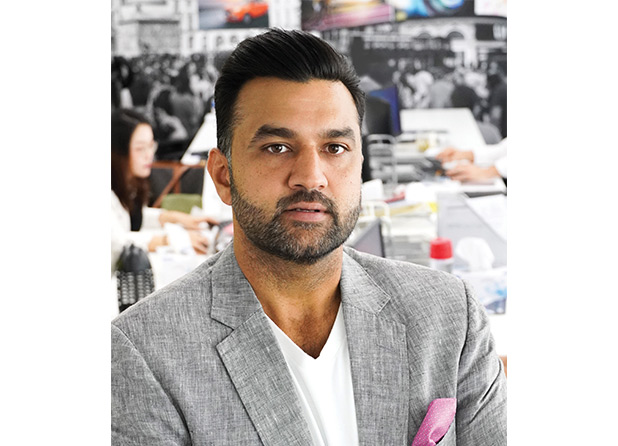2020 witnessed the sharpest decline in ad spend ever endured by the OOH industry, taking into account all traditional, digital and ambient media platforms. The 14 per cent drop was, of course, driven by the Covid-19 pandemic and the physical lockdowns enforced across much of the developed world.
How does your adtech look for 2022? No matter what stage your planning is at, our final Online Briefing of the year has you covered. Join us on November 29 for Adtech Playbook – A Roadmap to Superior Performance. Find out more here.
According to PQ Media, a custom media research company, the sector is on track to bounce back in 2021 to $55bn, which would represent a 7 per cent growth. However, for the OOH industry to continue to claim the headlines (and media-plan market share), the need for innovation is stronger than ever. Only this time it’s not innovation in technology and measurement, it’s about innovative thinking in how audiences are interacting and receiving the platform.
Live streaming on OOH sites was previously typically reserved for sporting events at hosted fan parks – think of Henman Hill at Wimbledon or World Cup fanzones over the years – and even then, these were not really OOH sites used by advertisers as much as they were purpose-built giant screens to broadcast these landmark events. That landscape is changing, however, with brands utilising the technology in DOOH sites and ambient platforms to access audiences on the move or away from their TV screens. In fact, the appeal of OOH live streaming is now no longer about the reach or the access, but much more so about creating a spectacle around the brand and its communication.
 Take, for example, the recent live streaming takeover in Times Square for the Expo 2020, an event that we can all feel close to, given the impact it is having on our region. At the time of writing, the Expo opening ceremony had 1.6 million YouTube views on the official Expo 2020 channel. This is far more eyeballs and viewers than the livestream in Times Square could have generated in the same two-hour period. However, the OOH version garnered incomparable PR and buzz around the world, not to mention the hordes of passers-by with their extended arms and mobile screens posting for their own social micro-communities. News outlets from all over the world picked up on the gig and ensured that their combined billions of viewers were able to engage with it. In essence, it was a perfect combination of quality and quantity in one fell swoop.
Take, for example, the recent live streaming takeover in Times Square for the Expo 2020, an event that we can all feel close to, given the impact it is having on our region. At the time of writing, the Expo opening ceremony had 1.6 million YouTube views on the official Expo 2020 channel. This is far more eyeballs and viewers than the livestream in Times Square could have generated in the same two-hour period. However, the OOH version garnered incomparable PR and buzz around the world, not to mention the hordes of passers-by with their extended arms and mobile screens posting for their own social micro-communities. News outlets from all over the world picked up on the gig and ensured that their combined billions of viewers were able to engage with it. In essence, it was a perfect combination of quality and quantity in one fell swoop.
It was a similar story with the NASA Perseverance Mars Mission in early 2021, where the 2 hours, 11 minutes YouTube video had 22 million views versus the 7-minute livestream on London’s Piccadilly Lights – that garnered global attention and thousands of people posted the experience on their social platforms.
The ‘fad’ is definitely here to stay, though, with the ICC T20 Cricket World Cup now slated to use more than 50,000 DOOH screens across the world to cut to live snippets of matches and highlight reels from each game. In a world-first, this tournament will now supersede the reach of any previous World Cup in terms of the countries reached and its impact on growing the game.
In essence, the entire concept of live streaming on OOH sites is the action that raises the profile of a campaign, event, launch or brand message. It elevates a campaign into a spectacle, beyond standard ROI measurement metrics and more towards macro brand uplift and driving affinity with the audience.
Trust is also a key factor, as a 2020 study by YouGov found that 18-24-year-olds were “significantly more likely” to trust live content they saw on a DOOH site versus what they saw online or on traditional media platforms such as TV or print. With brand safety, fake news and imitation websites ($2.6bn has been spent by advertisers on misinformation websites in the past 12 months) yet to be solved by the industry, it’s refreshing to see a platform that is climbing against this downward spiral.
Even the video industry’s golden child, TikTok, is getting in on the action. ByteDance-owned TikTok partnered with the popular music industry event the Brit Awards to livestream the red carpet ceremony across London’s most iconic sites, as well as key highlights from its custom TikTok stage at the awards night. Along the same lines of Facebook using print ads to apologise for data breaches, and e-commerce businesses fighting for newspaper front-page ads in India and China, TikTok using DOOH to amplify the impact of its key messaging seems like absolute validation for the OOH live streaming niche.
Recent developments in 3D and augmented reality coming on to digital billboards in Chengdu, Tokyo, London and elsewhere are also driving this momentum of innovation. They too drive active audience engagement and raise a brand’s communication from being a campaign to a spectacle, and becoming talking points not only in the cities where they are installed but across the globe thanks to social media and the web. Clear Channel in the US has just installed a brand new, full-motion, ultra-high-definition, triple screen in Las Vegas, which presents brands with more than 135,000 square feet of display space to utilise in sync. It somehow feels unnecessary. Perhaps they know something the rest of us don’t.
I wonder how long it will be until we see live events streamed in 3D on these billboards. That’s certainly the goal that I’m chasing.










